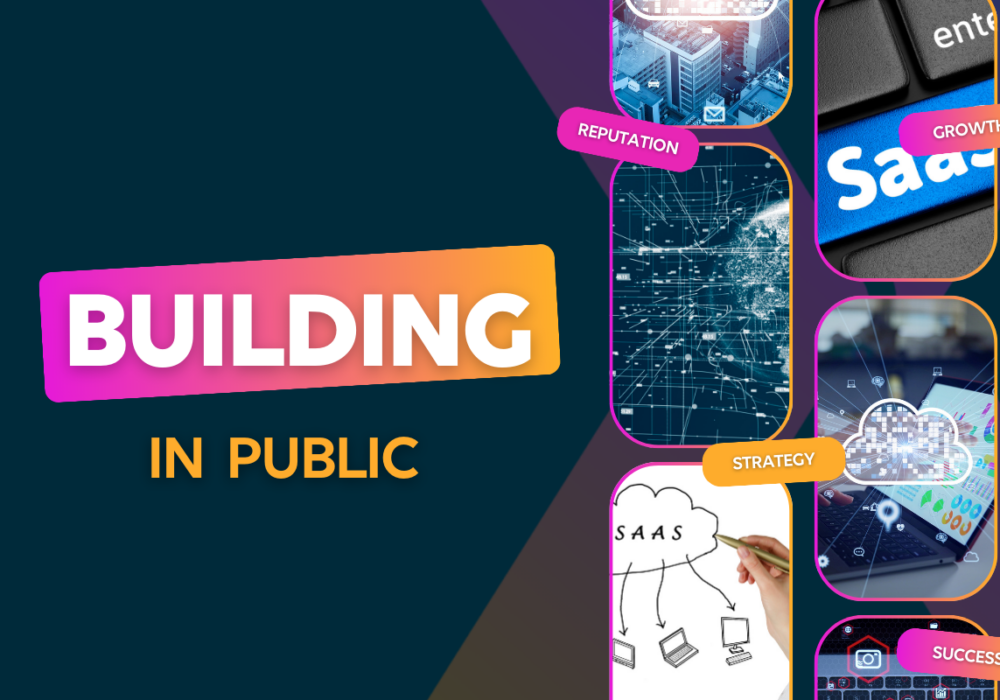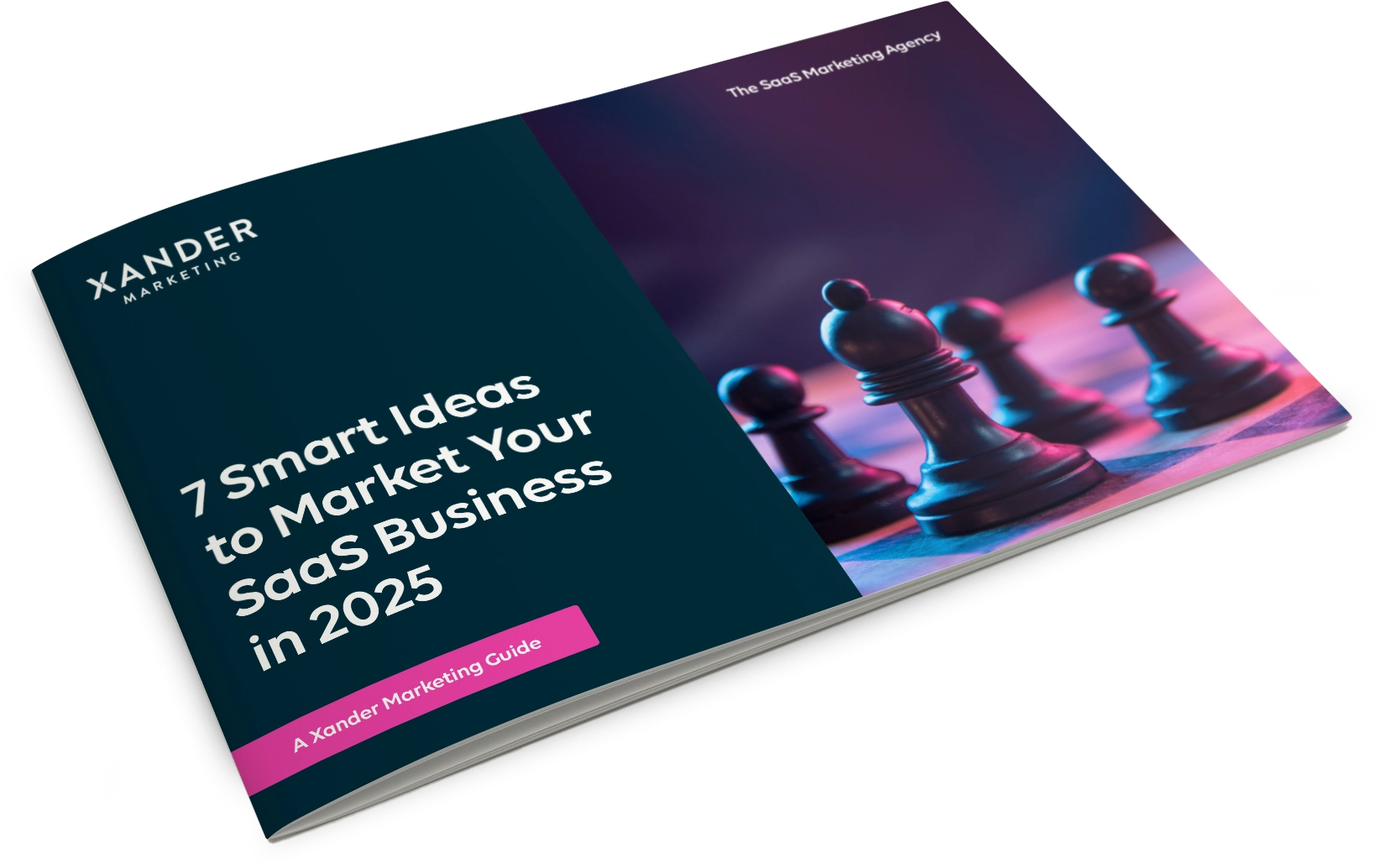How to obtain and interpret customer feedback, and make it work for your SaaS business
26th May 2016
 Got questions? Ask the only people who have the answers!
Got questions? Ask the only people who have the answers!
So you’ve got your SaaS product proudly on the screens of new users, and customers are coming in thick and fast. Or perhaps they’re not. Perhaps they’re simply dropping away during a free trial period and you can’t quite figure out why. Either way, asking both your loyal, and not-so-loyal customers for direct feedback is crucial at all levels of SaaS success, and will help you to really understand the value of your product.
Combining spoken or written user feedback with the metrics you’re collecting on the in-app activity of users will allow you to form a rounded picture of how your software is really being put into practice, connecting the dots between the statistics and the reasoning behind them. For example, your analytics might tell you that triallists are most likely to fade away at the final stage, or use one feature twice as often as another, but only the human voice behind those actions can tell you why.
Collecting feedback
Gaining feedback on the user experience is often as simple as asking for it. Whether you reach out over coffee, or make it easy for customers to report their findings as they go, there are a variety of methods to capture the right information.
Collecting feedback in-app encourages triallists to log their reactions while actively using the software, providing valuable insight into real-time sessions. Placing feedback boxes or chat windows at appropriate points throughout the platform will collect minor issues, bugs and niggles that might not warrant contacting support for, but which still affect usability and customer perception.
If you decide to opt for a traditional survey approach to gathering opinions, you may wish to incentivise completion with access to extended trial periods or discounts. Ensure that your approach is quick and targeted, asking only the core questions that will garner the most beneficial data, and don’t restrict potential responses to multiple choice answers. Make your questions as specific as they need to be, remembering that general questions are likely to elicit vague answers.
For the human approach, direct contact with a customer or prospect is the easiest way to say, ‘Hey, how’s it going?’ Users are likely to be open and honest in their feedback when it’s handled one on one, and can give more detail when it comes to what’s working for them… and what’s not.
And negative criticism can always be turned into something constructive. Collecting feedback at the point of churn is just as valuable to your company as talking to a satisfied customer, if not more so for the opportunity it presents to resolve the errors that are turning some triallists into non-believers rather than paying subscribers. Don’t just focus on those who agree with you about how great your own product is; reaching out to those who’ve dropped out of the buying process demonstrates quality customer service and an opportunity to personally resolve their issue with a view to changing their mind. Some SaaS companies choose to make giving feedback compulsory at the point of exit, whilst others opt for a more organic approach of asking nicely.
Turning feedback into profit
Once you’ve gathered the feedback, it’s important to respond in a timely and professional manner. If the user is having trouble with an aspect of the software, connect them with your support staff, or if they’re enquiring about features that you’re launching soon, providing them with early access presents a good opportunity to gather more data from a user whose opinions have already proven to be helpful.
Not all feedback will be worth its weight in gold, and the responses you receive will need to be filtered. Some answers will be irrelevant, or too specific to one particular user’s vision of how things should work, and your users may not be as technically savvy in their explanations as your engineering gurus would like them to be. Sift out the challenges or feature requests that come up most often; are there miscommunication issues in how customers are understanding the product or is there a more fundamental technical problem that can be resolved? Building an open dialogue between your customer support team and your product development wizards will allow the feedback that comes from users to directly influence the refining of the product.
Feedback can also be used externally, as well as internally. If someone is singing your praises, don’t miss the chance to ask if their words can be used as an official testimonial or case study to be used for promotional purposes. Recommendations go a long way in encouraging others to buy, so make that feedback work hard to bring in new leads.
Strengthen your feedback strategy with Xander Marketing
If tools such as surveys and live chat feel like a missing piece of your data monitoring strategy, a specialised marketing agency can give the professional support and direction you need to generate compelling feedback and testimonials for your SaaS business.
Xander Marketing works with many SaaS businesses to improve their websites, create thought leadership content, and execute marketing campaigns that engage new business prospects. If you’d like to add your name to that list, get in touch.





